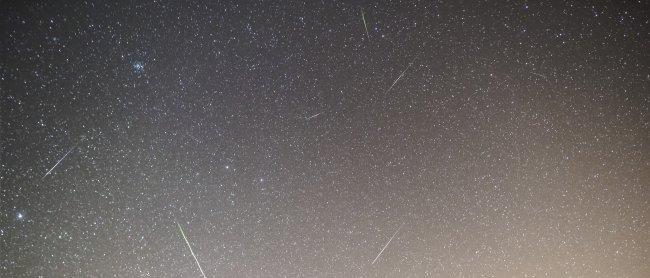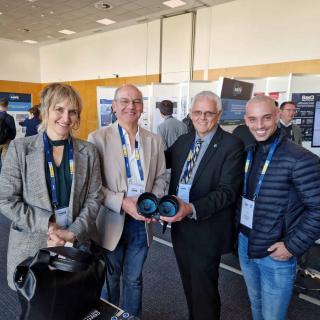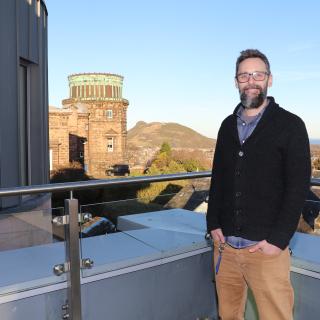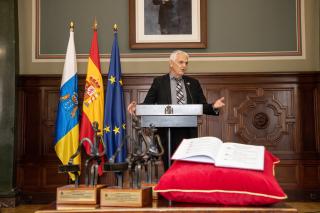The three most spectacular meteor shows of the year are the Perseids, in August, the Geminids, in December and the Quadrantids, in the first week of January. Although the first is the best known, because its maximum is in a holiday period, with warm night-time temperatures, the Geminids and the Quadrantids never let us down, and give an activity which reaches 100 meteors per hour (ZHR: rate per hour at the zenith), and they stay constant year after year (activity of the Quadrantids in 2017, in IMO).
The Quadrantids reach their peak of activity during the first week of January. In 2018 this peak is expected at 20:00 UT on January 3rd. In Europe the night of January 3rd/4th will be the best time to observe them. It will be best to wait until the early hours of January 4th, at which time the constellation of the Boötes, is high in the sky. The waning moon, visible in the west, will make it hard to see the fainter meteors. The final meteor activity is expected on average, to be one every four minutes, some them being brilliant. If we are at a dark site, with open horizons we should see them.
Because the radiant, the point on the sky from which the meteors appear to diverge, is close to Ursa Major, in fact in the constellation of the Boötes which occupies part of the former constellation Quadrans Muralis (hence the name) the Quadrantids do not show high activity in the southern sky.
Live from the Teide Observatory and the Anillo.
In the framework of the Light Pollution Initiatives (LPI) of the European STARS4ALL project (stars4all.edu) the sky-live.tv channel will offer a live broadcast of the meteor shower from two cameras: one situated at the Observatorio del Teide (IAC, Tenerife, Canary Islands) and the other at El Anillo (International Centre of Sporting Innovation in the Natural Environment, of the Government of Extremadura, Cáceres).
The time is the early hours of next Thursday, 4th January, at 05.30 UT (local time in the Canaries, 06.30 Central European Time, the local time in Europe).
"It's always a big effort to get up at six in the morning. If, in addition, it is January 4th, with holidays and cold weather, it is worse, but still worthwhile. Even though there is still moonlight, and a window of observation of only one hour, we are sure that we will have a pretty spectacle, with activity getting up to 100 meteors per hour", comments Miquel Serra Ricart, an astronomer at the IAC.
STARS4ALL is a project financed by the H2020 programme of the European Union under agreement 688135. Eight institutions are participating in STARS4ALL (UPM, CEFRIEL, SOTON, ECN, ESCP Europe, IAC, IGB, UCM) in 6 countries.
Three Spanish Supercomputing Centres, the Extremadura Centre of Advanced Technology (CETA-CIEMAT), the Consortium of University Servers of Catalonia (CSUC) the Instituto de Astrofísica de Canarias (IAC), collaborate in the distribution of the broadcast from the website (sky-live.tv).
Broadcast
On the wedsite sky-live.tv the meteor shower will be emitted live, from the Canaries and Extremadura using two sky cameras.
Connection
4th January at 05:30 UT (6.30 CET)
The Quadrantids and the Geminids are unique meteor showers
"Shooting stars" are really tiny dust particles of different sizes, some of them smaller than sand grains, which are left behind by comets as they orbit round the Sun. As they pass by the Sun, the heat causes the comets to evaporate, leaving a stream of particles (the "meteoroids"), which are dispersed around the orbit of the comet. Each year when the Earth in its orbit round the sun crosses the comet orbit, the particles enter the Earth's atmosphere at high speed and disintegrate, producing the well know luminous tracks, which are called, scientifically, meteors. This is true for the majority of showers, except for the Quandrantids and the Geminids: there is no comet whose trajectory coincides with this trail of debris. Their progenitors are asteroids 3200 Phaeton, in the case of the Geminids, and 2003 EH for the Quandrantids.
Audiovisual material
Images and videos of meteor showers (https://flic.kr/s/aHsjH2BFa4)
Contact address
Miquel Serra-Ricart, investigador del IAC, mserra [at] iac.es (mserra[at]iac[dot]es)
España: 0034 649 848 305
Miquel Serra-Ricart, a researcher at the iAC



